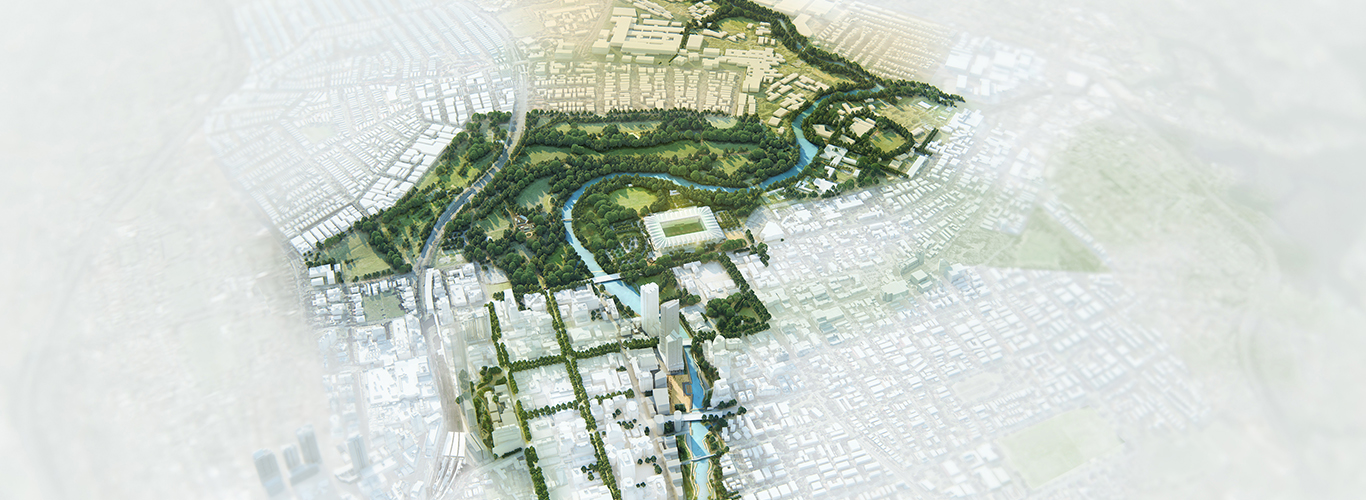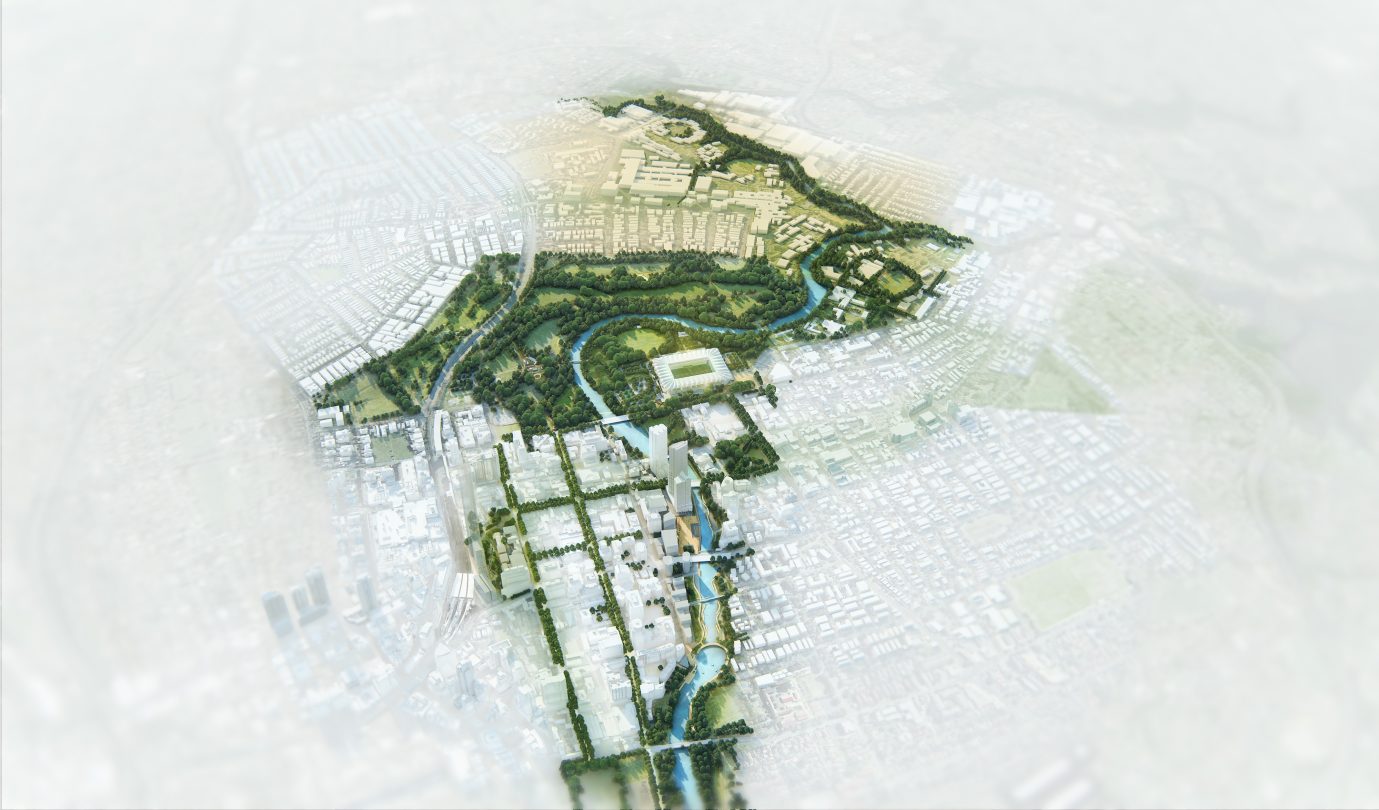Shaping Cities: Westmead Master plan

A consortium of local and international talent will lead the next phase of development of a visionary master plan for the Westmead precinct, with Cox Architecture at the helm.
A search was undertaken to find thought leaders and creative and innovative master planners to add value to the current thinking around the urban design and planning of the Westmead health and education precinct, and linking it to Parramatta.
Western Sydney Local Health District chief executive Danny O’Connor said “Cox and their consortium partners will help us as we weave Westmead’s culture of collaboration and innovation into urban design.”
“The proposal from the consortium was a stand-out, with their wide range of ideas and approach. Their experienced, specialist team from 12 different organisations will combine local knowledge, with innovative international experience, bringing lessons learned from other health and education precincts around the world”.
The consortium will work with the Westmead Alliance, which includes key partner, City of Parramatta Council, and across government and industry over the next five months. The full consortium includes:
- Cox Architecture
- WSP
- CallisonRTKL
- Urban Apostles
- Future/City
- Six Ideas
- Tyrell Studio
- Oliver Klein Planning
- Atelier10
- HAA
- Deloitte
- KJA
Much of the work on the Innovation District that has been undertaken to date, at least as far as the briefing documents reveal, has focussed on infrastructure, traffic engineering, pedestrian overlays and landscape corridors. There is very little by way of exploration of the various enterprises and cohorts of people that currently inhabit the site or are projected to do so in the future.
An important attribute for the District that will determine it success will be the creation of integrated, vibrant communities. Infrastructure and traffic engineering will facilitate access and movement, pedestrian overlays will make it permeable and landscaping will make it picturesque, but no one of these will necessarily make it “human”.
The success of the Innovation District will depend on the level of interaction that takes place between each of the constituent organisations that inhabit it, and the precinct’s ability to engage the wider public.
Such interaction will only take place if the District has natural gathering points, in much the same way that the vibrancy of a town is generated by its town centre and the network of local neighbourhood centres that surround it. These gathering points need to be created as either destinations or intersections.
Destinations may be shared commercial, research or education facilities that people need or want to use, or they may be social or recreational. In each application they must be imbued with a sense of identity and community, with high quality amenities and easy accessibility. They must be people spaces and places that people are naturally attracted to. Most importantly, they need to be shared to attract a diverse range of activities and disciplines – education with industry, industry with research, research with health services, health services with education, and public with private.
Intersections are the points at which major circulation routes and pedestrian desire lines between destinations cross, providing opportunities for serendipitous interactions and manifested as neighbourhood centres. The challenge and opportunity for Westmead is to transcend this “buildings in a landscape” concept by creating a people-centric environment with a pervasive sense of purpose, identity and community.
A particular challenge for the project is that much of the current activity on site has an historical address to Hawkesbury Road, whereas the focus for planned development and the wider precinct is in the other direction. The briefing documents consistently conclude the need for an urban heart for the precinct, but achieving this given this pre-condition will not be easy and may require reconsideration of the internal planning of the major elements, to the extent that this is possible.
The “urban heart” is of fundamental importance, not only as a central identity and gathering point but also in the provision of basic amenities and services. The current offerings in Hawkesbury Road are meagre and the centre of Parramatta is too distant. It would seem therefore that a substantial increase in on site facilities will be necessary. Using these to reinforce the destinations and intersection referenced above will be important, but also a challenge given that much of the existing ground plane is given to service functions and existing facilities are buried within buildings.[/vc_column_text][/vc_column][vc_column width=”1/2″][vc_images_carousel images=”5512″][vc_column_text]
